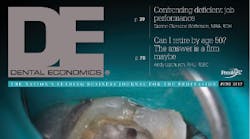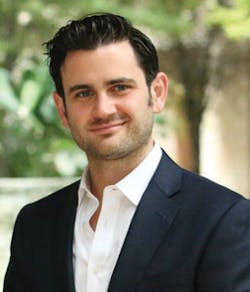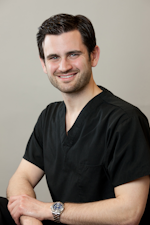Dental Economics' Chief Editor Dr. Chris Salierno says, "I think I’ll always find endodontics to be a bit intimidating, and that’s probably for the best. Even the most accomplished endodontist knows that a 'simple case' can present hidden complexities."
I don’t think I’m alone when I say that endodontics is intimidating. Dentists are visual people, and endo is one of the few procedures we do blind. We jam fragile little files into canals and pray that they don’t break. A broken file makes for a bad day and potentially worse; endodontic complications are one of the top dental procedures that can go awry in malpractice claims. So, there’s plenty to be nervous about.
But endodontics is also one of the most profitable procedures we can perform in our practices. We can and should invest our time in learning better techniques. We can take advantage of safer and more efficient equipment and materials. Endodontics doesn’t have to be wildly unpredictable.
I value my endodontist colleagues, and I happily refer them cases that are beyond my skill level. The investments I’ve made in endodontics are not to take away from that relationship—quite the contrary! I want to take better care of the patients I’m already treating. I think many endodontists would agree that their favorite cases to treat are not the ones we’ve just made more complicated.
I think I’ll always find endodontics to be a bit intimidating, and that’s probably for the best. Even the most accomplished endodontist knows that a “simple case” can present hidden complexities. No doubt future technological advancements will continue to make endo more predictable. I’ve heard talk about localized CBCT used to make endodontic access guides. We could be reporting on that breakthrough in only a few years. In the meantime, let’s make full use of the incredible tech and materials we already have. If it’s been a few years since you’ve explored your options, I invite you to get inspired with this issue of Dental Economics and set up some time with a sales representative for a hands-on demonstration.
Before I let you dive into this month’s issue, I’d like to call your attention to a new feature: The Macroeconomics Op/Ed. Since the Macroeconomics section of Dental Economics began almost three years ago, it has been a place for observations about the evolution of our profession. What are the political, financial, and social forces that are shaping the industry? While these articles are based on facts, some of their most interesting elements are the small extrapolations based on those facts. Moving forward, we will identify an article as Op/Ed if we believe it ventures further into speculation. We encourage our authors to attempt to explain the unexplainable and predict the future. If you ever disagree with a Macroeconomics Op/Ed, I hope that it will motivate you to start a dialogue with your colleagues. A profession in transition should also be a profession in communication.
Cheers,
Chris Salierno, DDS









